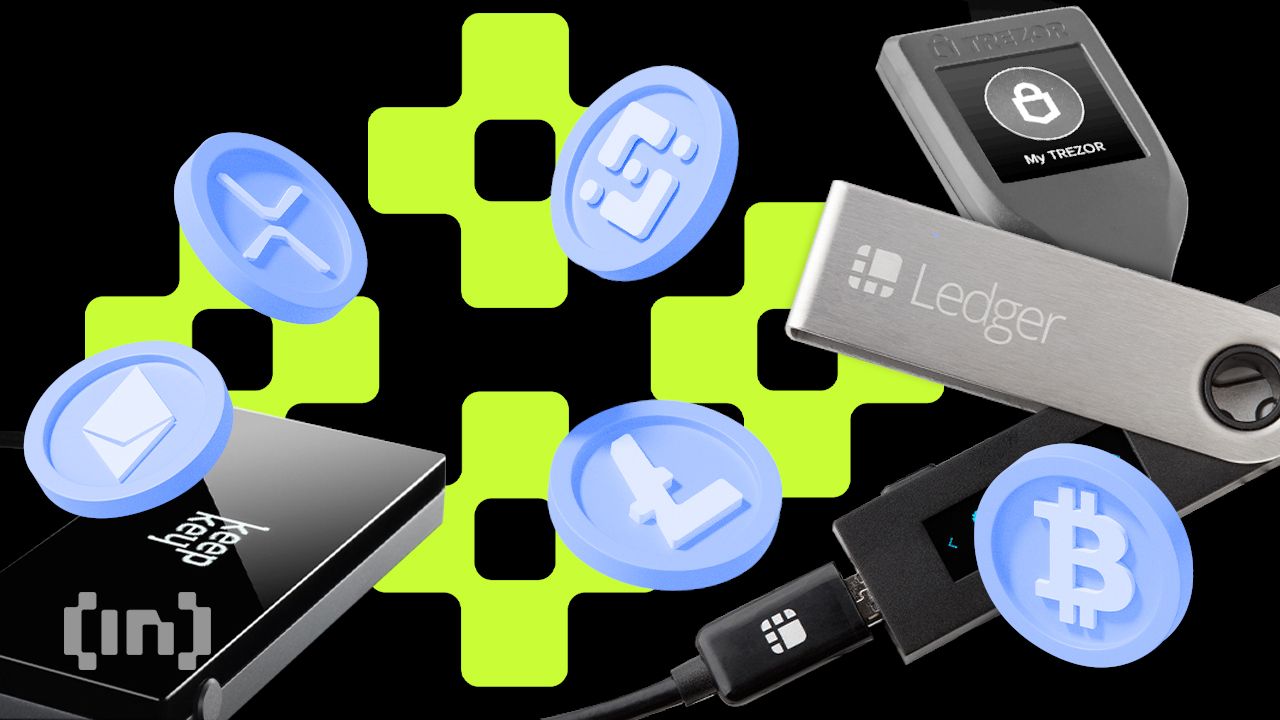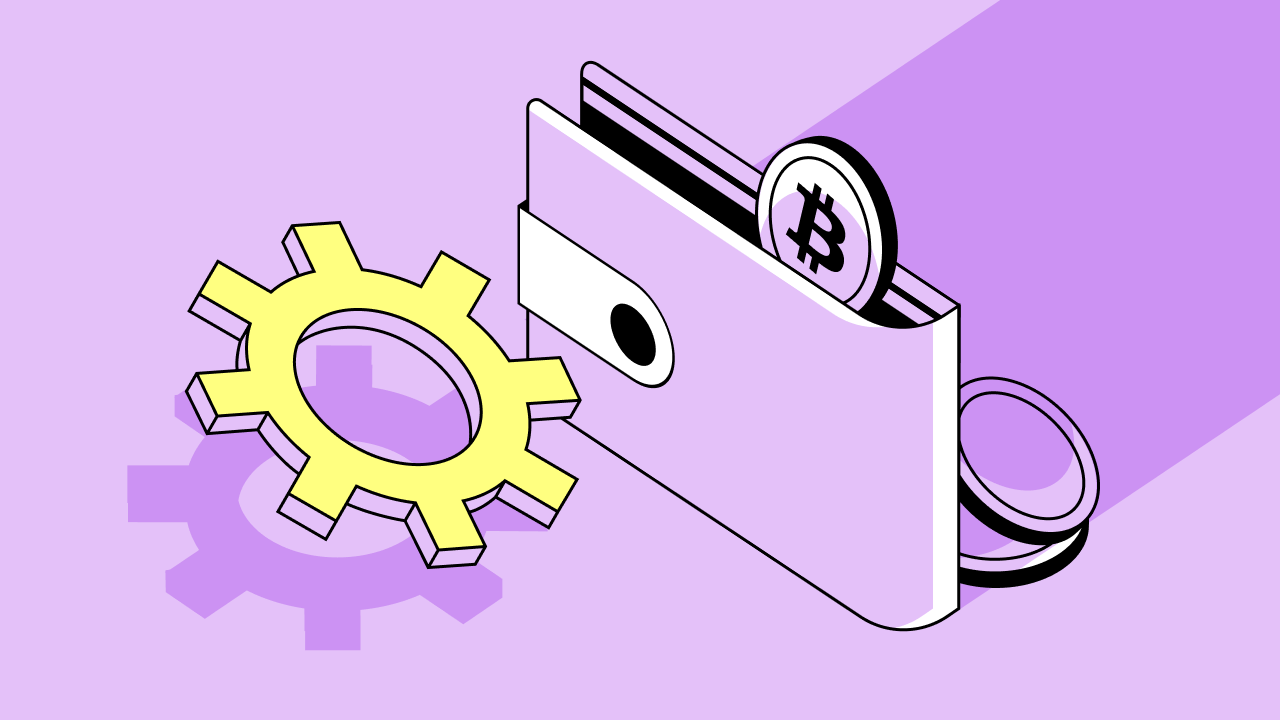Choosing the Right Crypto Wallet
How to set up a crypto wallet – Selecting the appropriate cryptocurrency wallet is crucial for securing your digital assets. The choice depends on factors like security needs, technical expertise, and the types of cryptocurrencies you plan to hold. This section Artikels the various wallet types, their security features, and their respective advantages and disadvantages.
Types of Crypto Wallets
Crypto wallets are broadly categorized into hardware, software, mobile, and web wallets. Each type offers a different balance of security and convenience.
- Hardware Wallets: These are physical devices that store your private keys offline, offering the highest level of security. Examples include Ledger and Trezor.
- Software Wallets: These are applications installed on your computer (desktop wallets) or mobile device (mobile wallets). They offer more convenience than hardware wallets but are susceptible to malware and hacking if not properly secured.
- Mobile Wallets: These are software wallets specifically designed for smartphones and tablets. They offer portability but are vulnerable to device theft or loss.
- Web Wallets: These are online wallets accessed through a web browser. They are convenient but carry the highest risk of security breaches, as your private keys are stored on a server controlled by a third party.
Wallet Type Comparison
The table below compares four different wallet types based on their security, ease of use, and supported cryptocurrencies. Note that specific features and supported cryptocurrencies can vary among individual wallets within each category.
| Wallet Type | Security | Ease of Use | Supported Cryptocurrencies |
|---|---|---|---|
| Hardware Wallet (e.g., Ledger) | Very High (offline storage of private keys) | Moderate (requires initial setup and understanding) | Many, varies by device |
| Software Wallet (e.g., Electrum) | High (if properly secured) | Moderate (requires technical understanding) | Many, varies by software |
| Mobile Wallet (e.g., Trust Wallet) | Medium (vulnerable to device compromise) | High (user-friendly interface) | Many, varies by app |
| Web Wallet (e.g., Coinbase Wallet) | Low (keys stored online) | High (easy access via browser) | Many, varies by platform |
Setting Up a Software Wallet
This section provides a step-by-step guide to setting up Electrum, a popular open-source software wallet. Remember to adapt these steps to the specific instructions of your chosen wallet.
Electrum Wallet Setup
Setting up a software wallet requires careful attention to security best practices. This includes creating a strong password and backing up your seed phrase.
- Download Electrum from the official website and verify the integrity of the downloaded file.
- Create a new wallet and choose a strong, unique password. Avoid using easily guessable passwords or reusing passwords from other accounts.
- Write down your seed phrase (recovery phrase) and store it securely offline. This phrase is crucial for recovering your wallet if you lose access to your device or forget your password.
- Once the wallet is set up, verify its functionality by sending a small test transaction to yourself.
Securing Your Software Wallet
- Use a strong, unique password with a combination of uppercase and lowercase letters, numbers, and symbols.
- Enable two-factor authentication (2FA) whenever available. This adds an extra layer of security, requiring a second verification step (e.g., code from your phone) in addition to your password.
- Regularly back up your seed phrase to multiple secure locations. Consider using a physical safe, a fireproof box, and/or splitting the seed phrase across multiple locations.
- Keep your antivirus software updated and regularly scan your computer for malware.
Visual Representation of Software Wallet Setup
- Download and verify Electrum.
- Create a new wallet, choosing a strong password.
- Carefully write down your seed phrase.
- Store the seed phrase securely offline.
- Send a small test transaction.
Setting Up a Hardware Wallet
Hardware wallets provide the highest level of security for your cryptocurrency. This section details the process of setting up a Ledger Nano S, a popular hardware wallet. Remember to consult the official instructions for your specific hardware wallet model.
Ledger Nano S Setup
- Unbox your Ledger Nano S and connect it to your computer.
- Download and install the Ledger Live software.
- Follow the on-screen instructions to create a PIN code and set up your wallet.
- Write down your recovery phrase and store it securely. This is crucial for restoring access to your funds if your device is lost or damaged.
- Install the desired cryptocurrency applications on your Ledger Nano S.
Hardware Wallet Security Risks and Mitigation
Even hardware wallets are not immune to security risks. Potential threats include physical theft, firmware vulnerabilities, and social engineering attacks (phishing).
- Mitigation: Always purchase hardware wallets from reputable sources. Regularly check for firmware updates. Be wary of phishing emails or websites that attempt to steal your recovery phrase.
Hardware Wallet Benefits, How to set up a crypto wallet

Hardware wallets offer significant advantages over software wallets due to their offline storage of private keys, making them far more resistant to hacking and malware.
Potential Hardware Wallet Setup Issues and Solutions
- Issue: Difficulty connecting the device to the computer. Solution: Ensure the correct drivers are installed and try a different USB port.
- Issue: Forgotten PIN code. Solution: You will need your recovery phrase to restore access. Without it, your funds will be lost.
- Issue: Damaged device. Solution: If possible, restore access using your recovery phrase.
Setting Up a Mobile Wallet: How To Set Up A Crypto Wallet
Mobile wallets offer convenience and portability. This section Artikels the setup process for both iOS and Android devices. Remember that specific steps may vary depending on the chosen mobile wallet app.
Mobile Wallet Setup
Setting up a mobile wallet involves downloading the app, creating an account, and securing your wallet with a strong password and potentially other security measures.
- iOS: Download the app from the App Store. Follow the in-app instructions to create a wallet and secure it with a strong password and biometric authentication (Face ID or Touch ID) if available.
- Android: Download the app from the Google Play Store. Follow the in-app instructions to create a wallet and secure it with a strong password and biometric authentication (fingerprint or face recognition) if available.
Mobile Wallet Security Features Comparison
Security features vary across different mobile wallets. Some may offer 2FA, biometric authentication, and advanced encryption techniques.
Mobile Wallet Security Best Practices

- Use a strong, unique password.
- Enable biometric authentication if available.
- Keep your device’s operating system updated.
- Use a strong passcode or biometric lock on your device.
- Be cautious about downloading wallet apps from unofficial sources.
Mobile Wallet Comparison
| Mobile Wallet | Supported Cryptocurrencies | Security Features |
|---|---|---|
| Trust Wallet | Many | 2FA, Biometric Authentication |
| Coinbase Wallet | Many | 2FA, Biometric Authentication |
| Exodus Mobile | Many | 2FA, Biometric Authentication |
| BlueWallet | Bitcoin, Lightning Network | 2FA, Biometric Authentication |
Securing Your Crypto Wallet
Maintaining the security of your crypto wallet is paramount. This section covers crucial practices to protect your digital assets from theft or loss.
Wallet Software Updates

Regularly updating your wallet software is essential to benefit from the latest security patches and bug fixes. Outdated software is vulnerable to exploits.
Phishing and Scams
Be wary of phishing attempts, which often involve fraudulent emails or websites designed to steal your login credentials or seed phrase. Never share your seed phrase or private keys with anyone.
Protecting Seed Phrase and Private Keys
Your seed phrase and private keys are the keys to your cryptocurrency. Protecting them is crucial. Never share them online, store them offline in multiple secure locations, and use strong passwords.
Visual Representation of Secure Wallet Practices
- Keep your wallet software updated.
- Be cautious of phishing attempts.
- Never share your seed phrase or private keys.
- Store your seed phrase securely offline in multiple locations.
- Use a strong, unique password.
- Enable 2FA whenever possible.
Understanding Wallet Fees and Transactions
Cryptocurrency transactions involve fees that vary depending on the network and wallet used. This section explains transaction fees and how to send and receive cryptocurrency.
Transaction Fees
Transaction fees compensate miners or validators for processing transactions on the blockchain. These fees are typically denominated in the cryptocurrency itself (e.g., Bitcoin fees in BTC, Ethereum fees in ETH).
Transaction Fee Calculation
Several factors influence transaction fees, including network congestion (higher congestion leads to higher fees), transaction size (larger transactions generally cost more), and the priority you assign to your transaction (higher priority means higher fees).
Sending and Receiving Cryptocurrency
- Open your chosen wallet.
- Navigate to the “Send” or “Receive” section.
- For sending: Enter the recipient’s address, the amount of cryptocurrency, and review the transaction fee.
- For receiving: Your wallet will display your unique receiving address (QR code and/or text address). Share this address with the sender.
- Confirm the transaction.
Transaction Fee Structures
| Cryptocurrency | Wallet | Fee Structure |
|---|---|---|
| Bitcoin | Electrum | Satoshi per byte (dynamic based on network congestion) |
| Ethereum | MetaMask | Gwei (dynamic based on network congestion) |
| Binance Coin | Trust Wallet | BNB (dynamic based on network congestion) |
| Litecoin | Exodus | LTC (dynamic based on network congestion) |
Troubleshooting Common Issues
This section addresses common problems encountered during crypto wallet setup and usage.
Common Problems and Solutions
Forgotten password: If you have a recovery phrase, use it to restore your wallet. If not, your funds are likely lost.
Lost seed phrase: Without your seed phrase, you cannot recover your wallet or access your funds.
Transaction errors: Check your transaction details (recipient address, amount, and fee) for errors. Contact your wallet’s support if necessary.
Wallet not connecting: Ensure your device is properly connected to the internet and that your wallet software is updated. Check for any network issues.
Resources for Assistance
For specific issues, consult your wallet provider’s support documentation or contact their customer support team. Online forums and communities can also be helpful resources for troubleshooting.